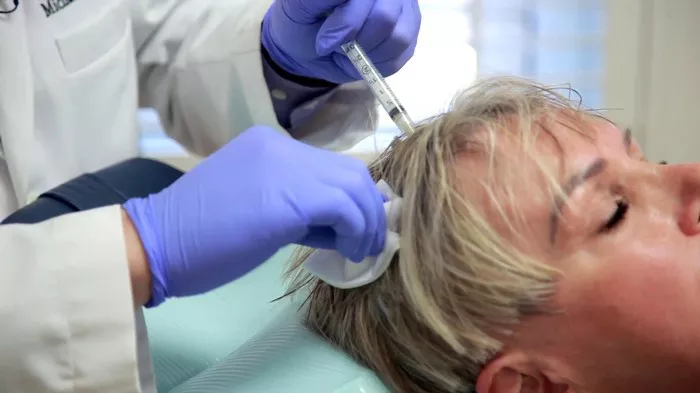Undergoing hair transplant surgery is a significant decision, and the post-operative care plays a crucial role in ensuring optimal results. A common concern among those who’ve had hair transplant surgery is whether wearing a hat is advisable during the recovery period. In this comprehensive guide, we explore the intricacies of hat wear after hair transplant surgery.
1. Immediate Post-Operative Period: Proceed with Caution
In the immediate aftermath of hair transplant surgery, it’s essential to follow the surgeon’s guidelines. Wearing a hat directly after surgery is generally discouraged to allow the newly transplanted grafts to settle and avoid any unnecessary friction or pressure on the scalp.
2. Protecting the Grafts: A Priority in the Initial Days
During the initial days post-surgery, protecting the grafts is paramount. The tiny incisions made during the transplant are vulnerable, and any undue pressure or friction can jeopardize their survival. Instead of a hat, consider alternative methods suggested by your surgeon, such as a loose-fitting scarf or hood.
3. Transitioning to Hat Wear: Consultation is Key
As the initial healing phase progresses, consult with your surgeon before introducing hats. Typically, after the first week or as advised by your surgeon, wearing a hat may be permissible, but it’s crucial to ensure that the hat doesn’t rub against the grafts or disrupt the healing process.
4. Choosing the Right Hat: Size and Material Matter
Opt for a hat that is loose-fitting, breathable, and made from soft materials. Avoid hats with tight bands or anything that may cause friction on the healing scalp. Cotton or other soft fabrics are preferable to prevent irritation.
5. Gradual Resumption of Normal Activities: A Step-by-Step Approach
Ease back into your regular routine, including hat wear, gradually. If your surgeon has given the green light for hat usage, start with short durations and monitor how your scalp responds. Any signs of discomfort or irritation should prompt a reassessment.
6. Cleanliness and Hygiene: Essential Practices
Maintain proper cleanliness and hygiene when wearing a hat after hair transplant surgery. Regularly wash your hats to prevent the buildup of bacteria, sweat, or debris that could potentially cause infection or irritation to the healing scalp.
7. Sun Protection: Hats as Shields
If your surgeon approves, wearing a hat can be beneficial for sun protection. Protecting your healing scalp from direct sunlight is crucial to avoid sunburn, which can be detrimental to the healing process. Choose a hat with a wide brim for enhanced sun coverage.
8. Individual Variations: Follow Personalized Advice
Every patient’s recovery is unique, and individual variations may exist. Your surgeon will provide personalized guidelines based on your specific case. Strictly adhere to their advice for the best possible outcome.
Conclusion:
In conclusion, the question of whether you can wear a hat after hair transplant surgery is nuanced and depends on various factors, including the specific instructions from your surgeon and the stage of your post-operative recovery. Balancing style preferences with the need for proper healing is key.
Always prioritize your surgeon’s recommendations and adopt a cautious approach when reintroducing hats to your routine. Ultimately, a well-informed and gradual approach to hat wear can contribute to a successful recovery and ensure that your newly transplanted hair has the best chance to flourish.
Does Hair Transplant Need Maintenance

